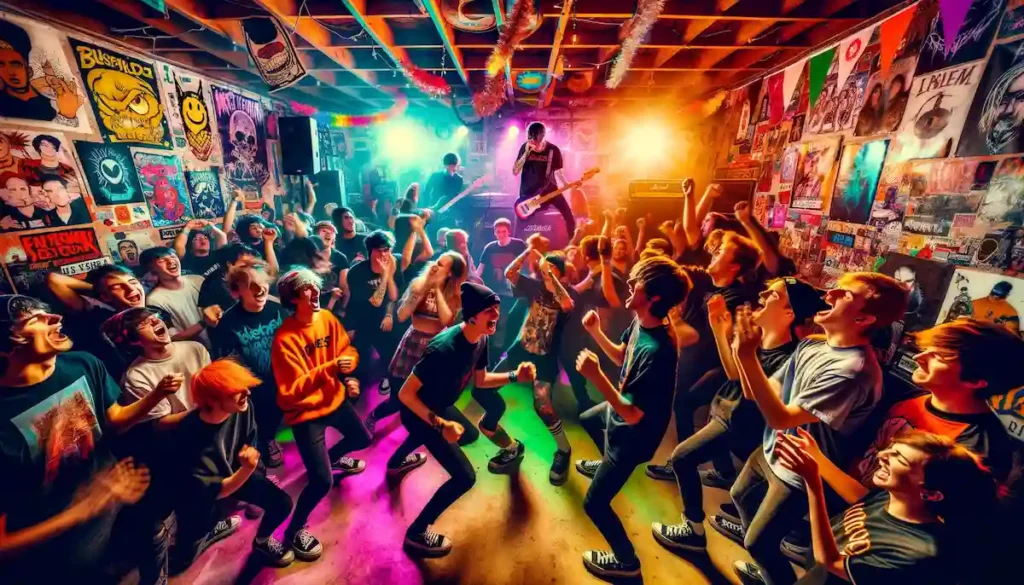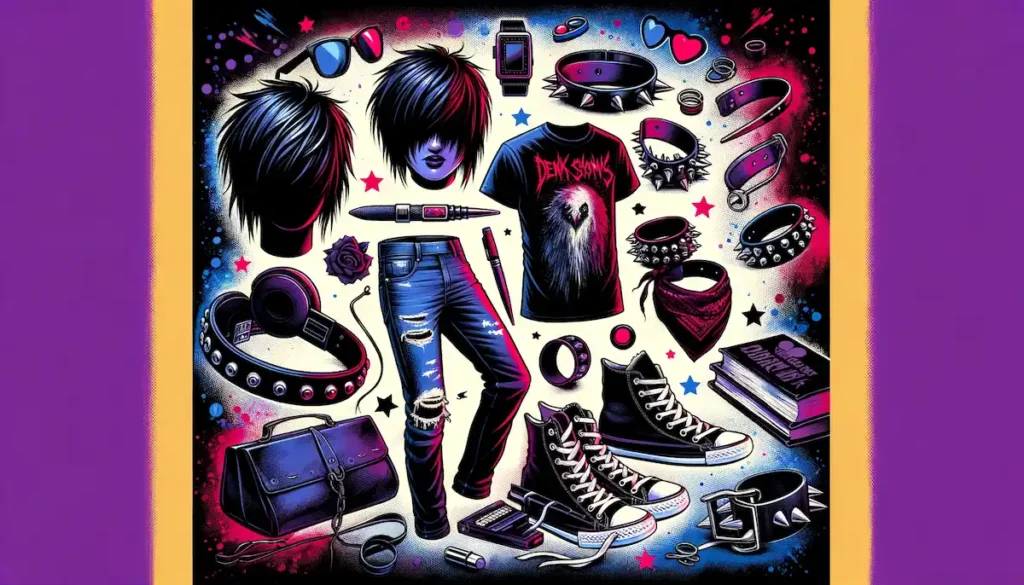Punk music. Raw. Gritty. Defiant. But what about the cover art that becomes the visual representation of that rebel sound? When you peel back the layers, punk album artwork is more than just an aesthetic choice. It’s a profound statement, an emblem of a movement, and sometimes, a small revolution encapsulated in an image.
The Birth of an Anti-Establishment Aesthetic
Imagine a time when the world was simpler, yet more constrained. The 70s and 80s were witness to the birth of punk—a music that challenged the status quo. Just as the lyrics screamed against the confines of society, so did the album covers.
- Raw Imagery: The early punk albums rejected polish and gloss. Instead, they embraced the rough and the real. Grainy photographs, hand-drawn illustrations, and cut-out collage styles became iconic. Think of the Sex Pistols’ Never Mind the Bollocks cover, with its stark, ransom-note lettering.
- Monochromatic Schemes: Colors were often restricted. Black and white, with maybe a splash of red or another bold color, was the go-to. This wasn’t just a design choice. It was an emblem of the stripped-down rawness punk represented.
- Rebellious Symbols: Whether it was an anarchy symbol or edgy iconography, punk covers didn’t shy away from the controversial. The intention? Grab attention and stir thought.
Reading Between the Lines
Dive deeper, and each punk album tells a unique story through its artwork.
- Societal Commentary: Many punk album covers mirrored the societal issues of their time. From government distrust to class struggles, they held up a mirror to the world’s ills. The Clash’s London Calling cover, for instance, encapsulated a sense of impending doom, the energy of the era, and the passion of the movement.
- Personal Battles: Emotional struggles, mental health, relationships – the rawness of these themes were often echoed in the artwork. Emo, a sub-genre born from punk, especially leaned into this, with covers that dripped in melancholy and introspection.
- Homage to Origins: Some covers were nods to punk’s roots – be it the gritty streets, the underground clubs, or the DIY culture. They captured the essence of where it all began, encapsulating the spirit of the movement.
The Modern-Day Resurgence
Fast forward to today, and punk might not rule the mainstream, but its influence never faded. The digital era brings its own kind of rebellion, and punk album artwork remains relevant, adapting and evolving.
- Digital Meets Analog: Today’s artists blend digital techniques with the raw, analog vibe of traditional punk aesthetics. The result? Artwork that’s rooted in history but looks forward.
- Abstract Representations: Modern punk album covers sometimes lean into abstraction, giving listeners the freedom to interpret and connect in their own unique ways.
- Inclusivity: Today’s punk scene is more inclusive, and this shows in the artwork. Diverse faces, stories, and struggles find a home on these covers.
A Visual Symphony
Punk album artwork isn’t just about aesthetics. It’s about emotion. Every brushstroke, every pixel, and every color choice resonates with the core essence of punk: to challenge, to provoke, and to inspire.
Next time you find yourself flipping through records or scrolling through albums online, take a moment. Pause. Look at that punk album cover. And see if you can’t hear the whispers of a revolution.

